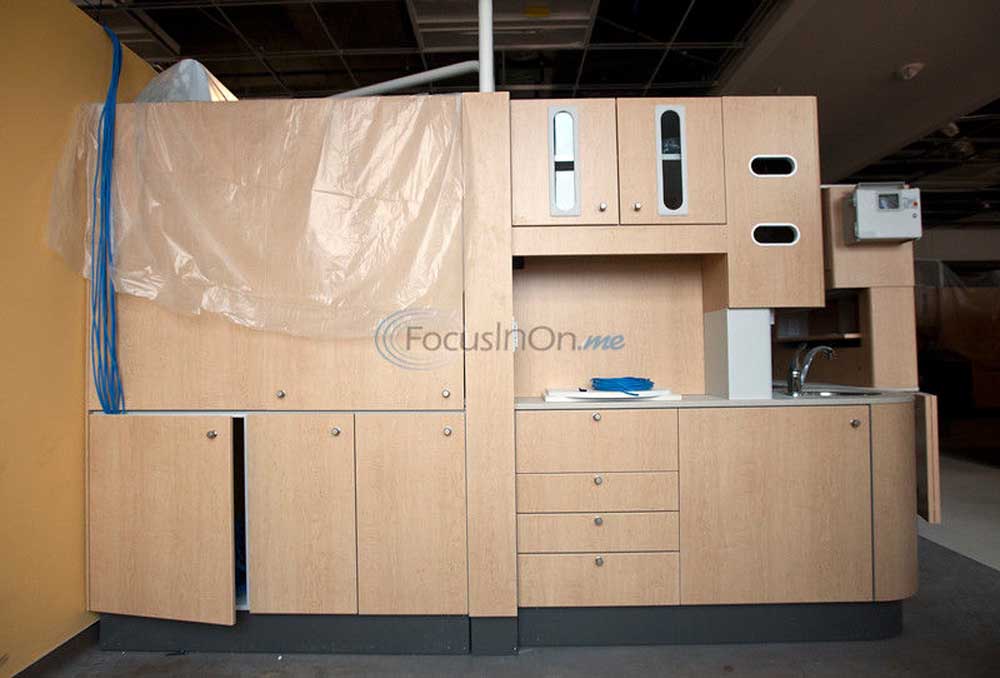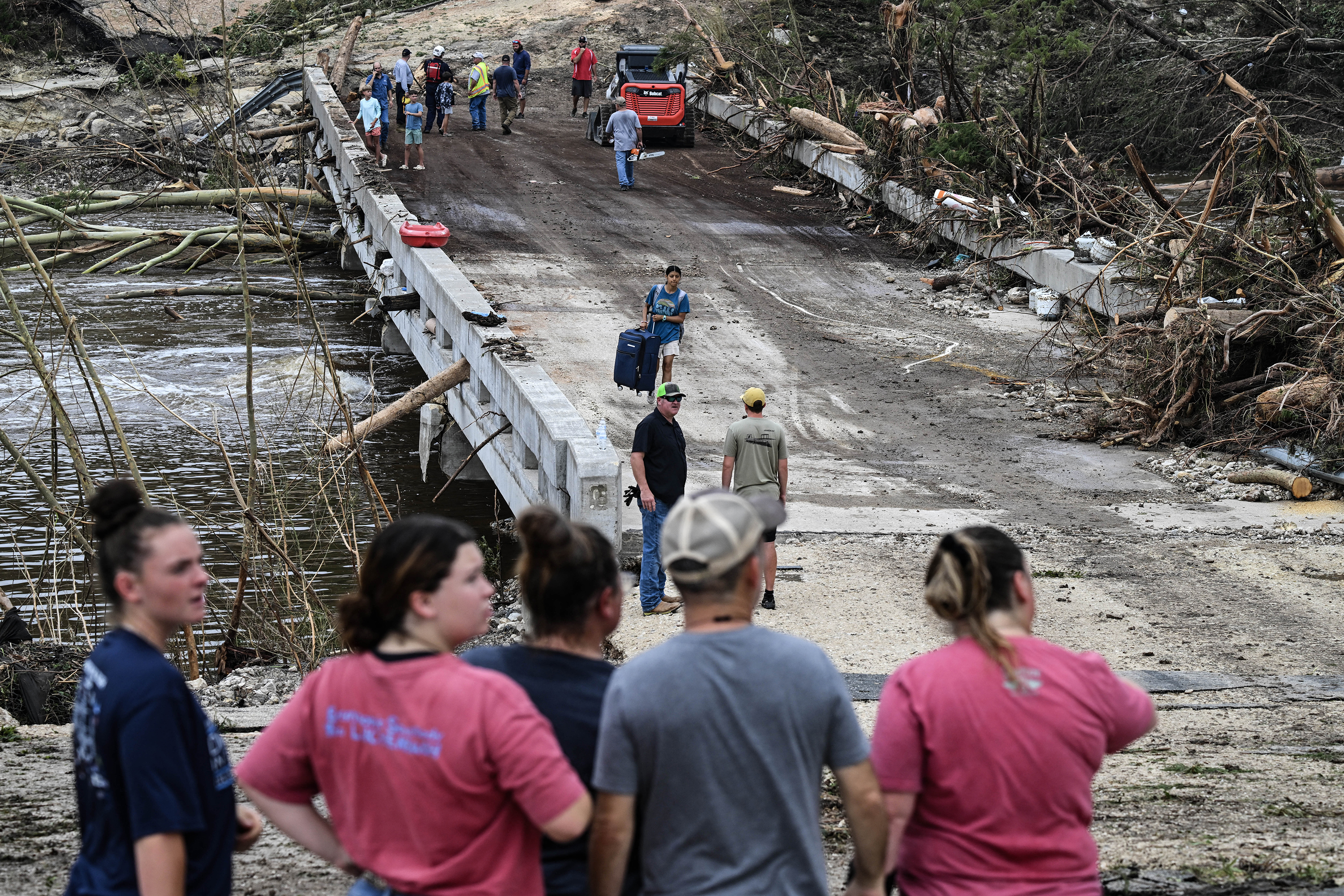TJC’s new nursing, health sciences building opens Jan. 12
Published 11:05 pm Monday, December 8, 2014

- photo by Sarah A. Miller/Tyler Morning Telegraph Dental hygiene stations inside the new Robert M. Rogers Nursing and Health Sciences Center at Tyler Junior College, pictured here, will give students the space and technology they need to learn effectively. The new academic building is set to open for students Jan. 12, 2015.
The huge building that some onlookers have watched take form on the corner of Fifth Street and South Fleishel Avenue will open to students Jan. 12, allowing Tyler Junior College to expand its nursing and health sciences programs while helping to alleviate a shortage of health care workers.
TJC’s $50 million Robert M. Rogers Nursing and Health Sciences Center will make possible a gradual expansion of the associate degree nursing program by 50 percent and the dental hygiene program by 25 percent, said Dr. Rita Dobbs Allen, special projects assistant to the president.
Also moving into the approximately 150,000 square foot structure will be new programs: occupational therapy assistant and wellness and exercise specialist, both started this fall; physical therapist assistant and dental assisting, both scheduled to start in Fall 2015; and community health worker and polysomnography certificate programs, which will start when the college occupies the new building.
The building also will house about a dozen current nursing and health sciences programs, such as associate degree nursing, licensed vocational nursing, medical laboratory technology, radiologic technology, addiction counseling, respiratory care and surgical technology.
Ms. Allen estimated the building will serve about 1,200 students daily.
“It’s a beautiful building inside,” she said.
Architecturally, it is modeled after the Georgian style of all the other buildings on TJC’s main campus.
The nursing and health sciences programs, now located in Pirtle Technology Building, have run out of space and need to be updated, Ms. Allen said, pointing as an example to the dental hygiene program.
Its facility is so outdated that the accrediting agency notified TJC it would not be accredited again due to its inadequate accommodations.
Ms. Allen said despite the need for more space and newer equipment and technology, TJC’s nursing students always have had a high pass rate of 96 percent on state exams.
That shows, she added, “our faculty and teachers have done an excellent job with limited space they’ve had and limited equipment they’ve had,” she said.
Ms. Allen said President Dr. Mike Metke and the TJC board of trustees spoke many community groups and felt there was a need in the community for a new building for all of the nursing and health sciences programs.
But they decided to put a bond proposal to help finance the project before voters to give the community the opportunity to indicate by its vote whether the community felt there was a need for the expansion, she said.
The $25 million bond proposition passed at the polls in May 2012. The remainder of the cost is being funded with student fees and contributions from donors.
The president emphatically stipulated that everyone — nursing and health sciences students, faculty, staff and others — be involved in the process of planning the building, the drawings, what was needed and wanted in the building.
“Everybody was heard and everybody got to (have their) say,” Ms. Allen said.
“We are looking forward to opening the doors of this building so that we can attract more students from here and from other places as well and grow our programs. We’ve not been able to do that (in existing facilities). While we produce great graduates, now we will be able to accept more (students).”
Ms. Allen said TJC is trying to provide as many opportunities for career pathways and career options as possible.
For example, it offers transition programs for paramedics to licensed vocational nurse, for licensed vocational nurse to registered nurse and for paramedic to registered nurse.
The new center will have one 100-seat classroom for guest lecturers, demonstrations and community events. Altogether it will have approximately 20 classrooms, including several 20-seat classrooms, 30-seat classrooms and 40-seat classrooms.
It will contain labs for all of TJC’s nursing and health science programs, including a medical technology lab, a radiology technology lab, diagnostic medical sonography, physical therapy and occupational therapy. The dental hygiene lab, which currently has 14 stations, will increase to 33.
There will be two operating rooms where student nurses can learn how to assist doctors in the operating room.
The center also will have four 10-bed nursing skills labs set up like a hospital with programmable manikins. Some just lie in bed for students to practice their skills such as checking blood pressure or heart beat. Others are smarter and can give birth or be used for students to practice their skills in a medical emergency or surgical technology. The simulation labs simulate a real scenario that students would see in a hospital.
The top floor is unfinished to allow for future expansion.
Parking lots will be provided at the north end of the building and at the main entrance off Fleishel Avenue.
The vision impaired technology program on TJC’s west campus is the only health sciences program not moving into the new building because it was updated a couple of years ago.






